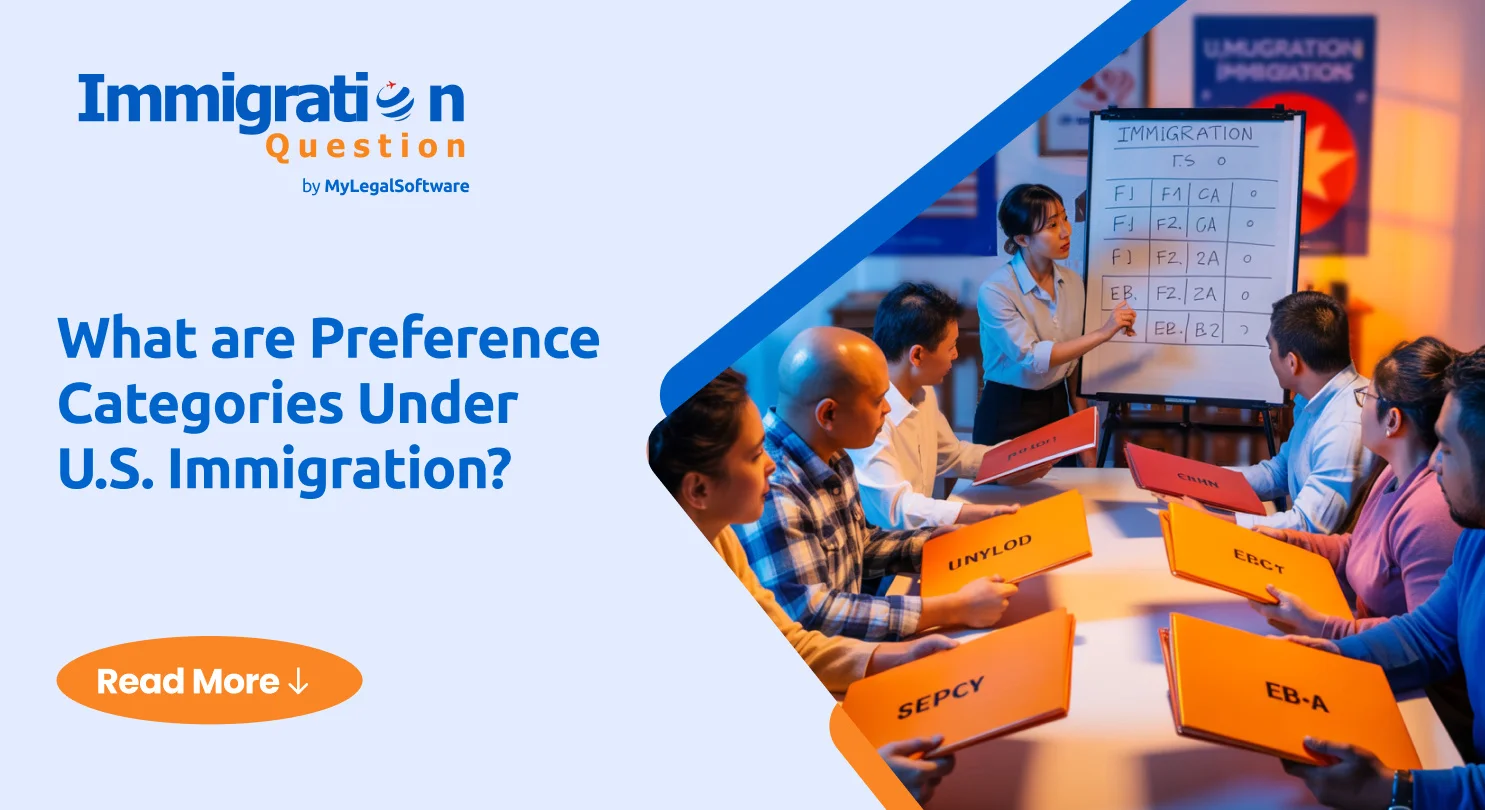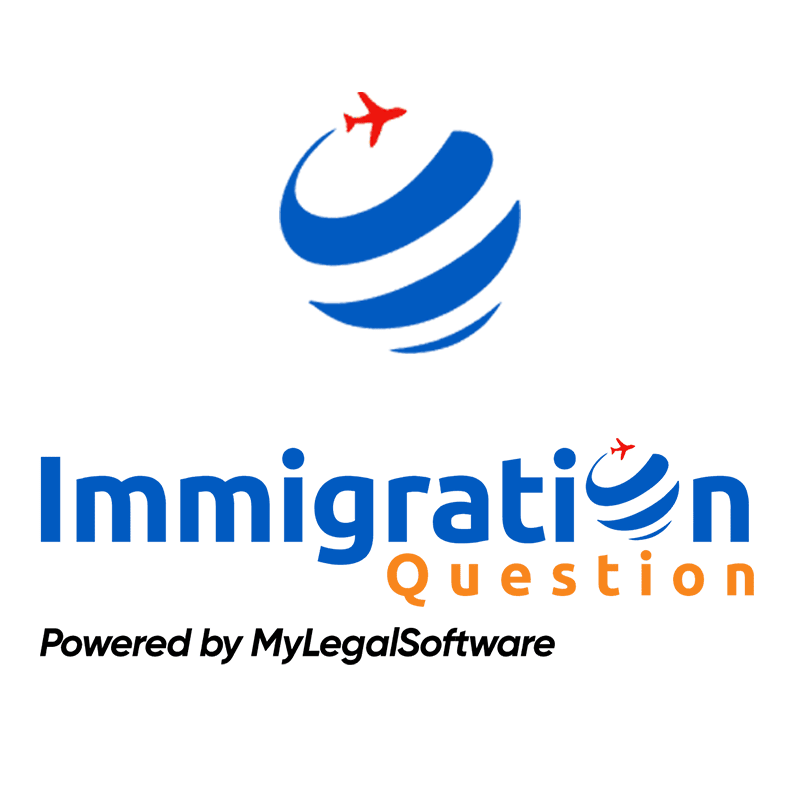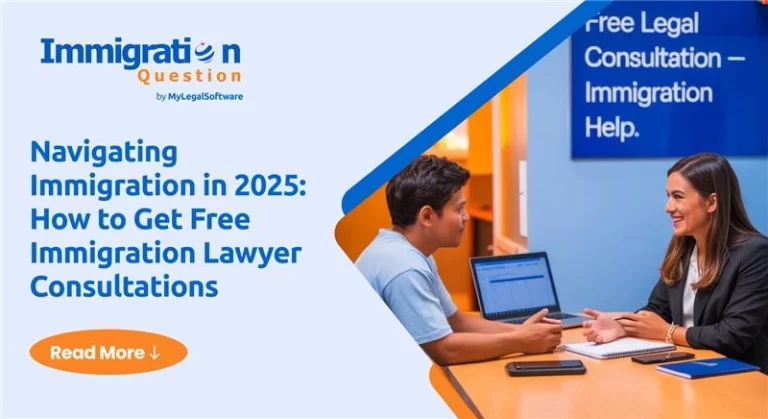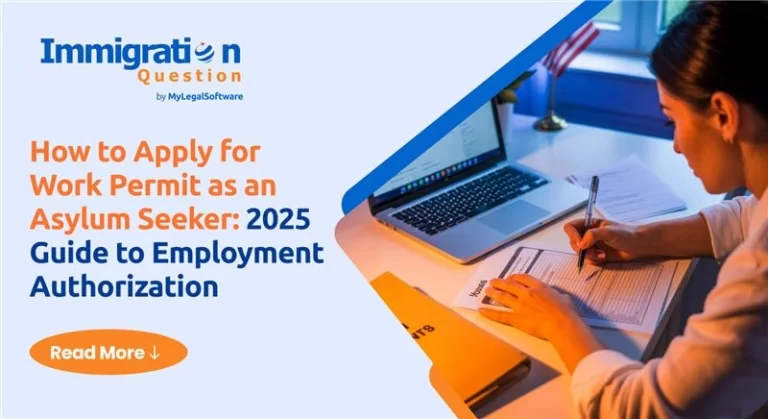Each fiscal year, starting October 1st, the United States government makes a limited number of immigrant visas available. These visas are not issued randomly. Instead, they are distributed using a system that includes preference categories. This system helps prioritize who gets an immigrant visa and when.
This blog explains what you need to know about each preference category.
What is a Preference Category for Immigration?
A preference category is a classification used in U.S. immigration to prioritize visa applicants based on criteria such as family relationships or employment qualifications. It is the government’s way of deciding who gets to move to the U.S. first when there are insufficient green cards.
The preference system ranks eligibility and manages immigration flow. It ensures fairness and alignment with the country’s economic and humanitarian goals.
The rules that define these categories are set by the Immigration and Nationality Act (INA) and covered in the U.S. Department of State’s Foreign Affairs Manual.
What are the Preference Categories in U.S. Immigration?
There are two major types of preference categories:
1. Family-Based Preference Categories
Family-based immigration allows U.S. citizens and lawful permanent residents (LPRs) to sponsor certain family members. Some family members qualify as immediate relatives and are not subject to annual caps. Others fall into family-based preference categories, which are subject to yearly limits and wait times.
Here are the family-based preference categories:
- F1 (First Preference): Unmarried sons and daughters (21 or older) of U.S. citizens
- F2A (Second Preference A): Spouses and children (under 21, unmarried) of LPRs
- F2B (Second Preference B): Unmarried sons and daughters (21 or older) of LPRs
- F3 (Third Preference): Married sons and daughters of U.S. citizens
- F4 (Fourth Preference): Brothers and sisters of U.S. citizens (if the U.S. citizen is at least 21)
Each preference category has its own annual quota and waiting period, which varies depending on the applicant’s country of origin.
2. Employment-Based Preference Categories
The employment-based immigration system allows U.S. employers to sponsor foreigners for permanent residency. These categories are to fill skill gaps in the workforce.
Here are the employment-based preference categories:
- EB-1 (First Preference):
- Individuals with extraordinary ability in sciences, arts, education, business, or athletics
- Outstanding professors and researchers
- Certain multinational executives and managers
- EB-2 (Second Preference):
- Professionals with advanced degrees or exceptional ability
- Individuals applying for a National Interest Waiver
- EB-3 (Third Preference):
- Skilled workers (with at least two years of training or experience)
- Professionals (with a bachelor’s degree or equivalent)
- Other workers (unskilled labor requiring less than two years of training)
These categories are also capped annually and may involve long waiting periods depending on demand.
What is the Importance of Preference Categories?
1. Limited Visa Availability
The U.S. government sets annual limits on the number of immigrant visas available. Preference categories ensure that these limited visas are allocated systematically.
2. Prioritization
Certain individuals, such as immediate relatives of U.S. citizens or highly skilled professionals, are placed higher in the line. This prioritization reflects national priorities: keeping families together and supporting economic needs.
3. Immigration Flow Management
Preference categories allow the government to manage immigration levels better, balance diverse immigrant groups, and maintain orderly processing times.
Final Thoughts
Each preference category has its requirements and wait times. Knowing your category helps you plan and make informed decisions.
Immigration Question connects you with experienced attorneys who can assist you in applying for any of the preference categories. Visit the Immigration Question website now to get started.
Frequently Asked Questions About Preference Categories for Immigration
1. What is a preference category for immigration?
A preference category for immigration is a system by the U.S. government that determines which immigrant visa applicants are given priority. These categories are based on factors like family relationships or employment skills and help allocate the limited number of green cards each year.
2. How many preference categories are there in U.S. immigration?
There are two main types of preference categories: family-based and employment-based. Family-based preference categories include F1 through F4, while employment-based preference categories include EB-1 through EB-5.
3. Do all immigrants fall under a preference category?
No. Some immigrants, such as immediate relatives of U.S. citizens, are given priority and are not subject to annual numerical limits.
4. What is the significance of preference categories?
Preference categories help manage visa demand and prioritize applicants. Because the U.S. limits the number of immigrant visas yearly, these categories help determine who gets a visa soon and who may wait longer.
5. How can I check my place in the preference category queue?
You can check your visa priority date and category status through the U.S. Department of State’s Visa Bulletin, which is updated monthly. This bulletin shows which applications are being processed based on filing dates and preference categories.
6. Which preference category has the fastest processing?
Generally, lower demand or higher priority categories, such as EB-1 or F2A, may have shorter wait times. However, wait times depend on other factors, like the applicant’s country of origin and visa demand.
7. Can my preference category change?
Your category may change due to your situation, such as a new marital status or if your sponsor becomes a U.S. citizen. This change can either speed up or slow down your immigration process.





![Top 5 Immigration Questions People Asked Online This Week [May 23, 2025]](https://blog.immigrationquestion.com/wp-content/uploads/2025/05/top-5-immigration-questions-people-asked-online-this-week-may-23-2025-768x419.webp)



